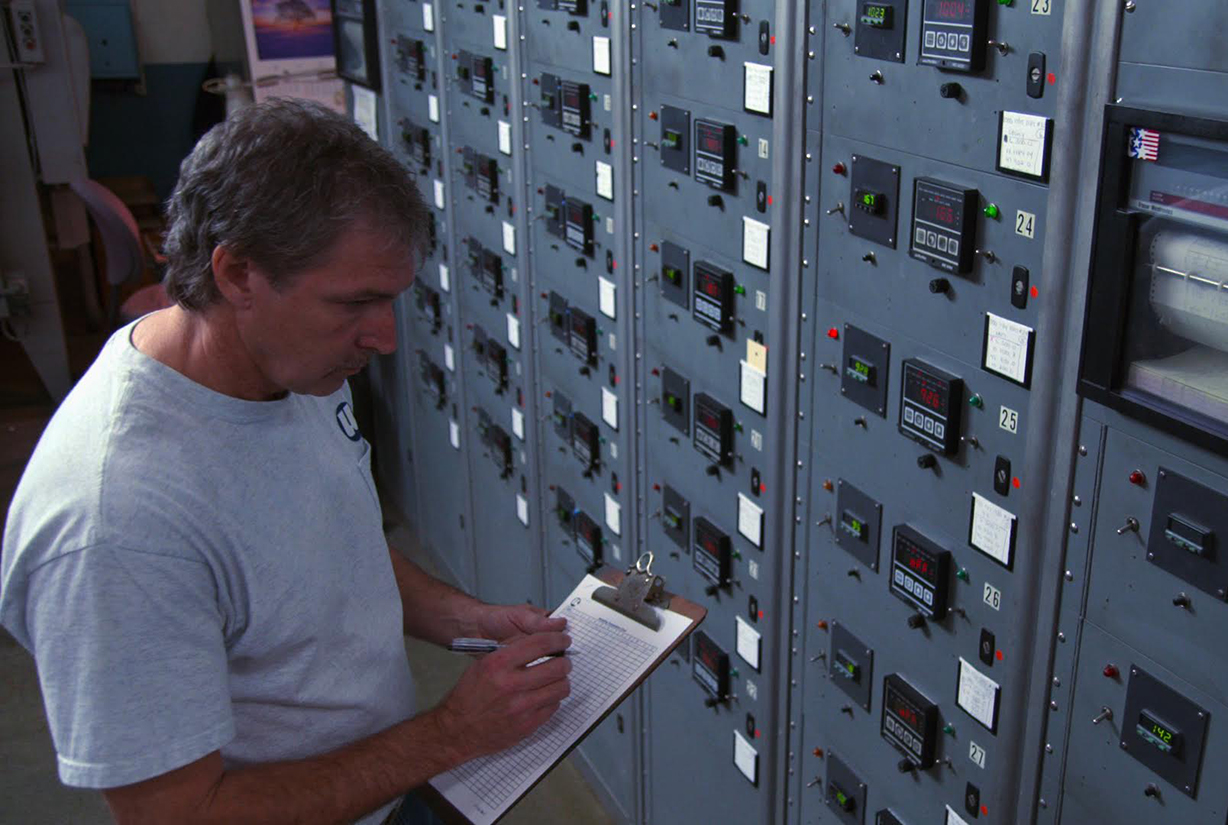The annealing process is critical to the durability of glass. Among the variety of issues for improperly annealed glass is the probability of the glass to crack or shatter from just a slight temperature change. When glass is not annealed correctly, the thermal stress can significantly decrease the overall strength of the glass.
The Annealing Point and Heat Soaking
Annealing glass to its perfect stress relief point is called the “annealing point.” Reaching the annealing point is a delicate process and requires diligence because the ideal annealing temperature must be reached, and then the piece has to be heat-soaked until it has an even internal temperature.
When the glass has reached the correct temperature range, it is still hard enough to avoid external damage without breaking, but it has softened enough to relax the internal strains. When the glass is being heat-soaked, it is reaching an even temperature throughout, making the stress relaxation adequate. Usually, the time frame for heat-soaking varies depending on the thickness and type of glass.
Controlled Cooling of the Glass
While strengthening the glass and relieving the stress is important, the controlled cooling, which happens once the soak time is completed, is just as important. The manufacturers of the raw material provide annealing schedules. ULC adheres strictly to these cool-down cycles with our precision temperature controllers, thus producing an ideal annealed glass at the customer’s request.
We then test the material’s Nd (index of refraction) and Vd (Abbe) values. Once our technicians have verified that the Nd and Vd values have been met using a refractometer in our laboratory, the glass is ready for the customer’s use.
Under-Annealed Glass
If a project has started with under-annealed glass, it may still be possible to work with the material.
On occasion, ULC sees a customer who has purchased a blank from a supplier but while attempting to polish it, they find that they cannot achieve the required surface figure. In one case, a customer came to ULC after discovering that the annealed glass blanks that they had purchased from another supplier could not be polished to the specifications needed. After a long phone discussion, they agreed to ship the blanks to ULC and a robust quality testing process revealed that the blanks had been either under-annealed or poorly annealed. ULC was able to re-anneal these blanks, thereby allowing the customer to polish the blanks as needed.

